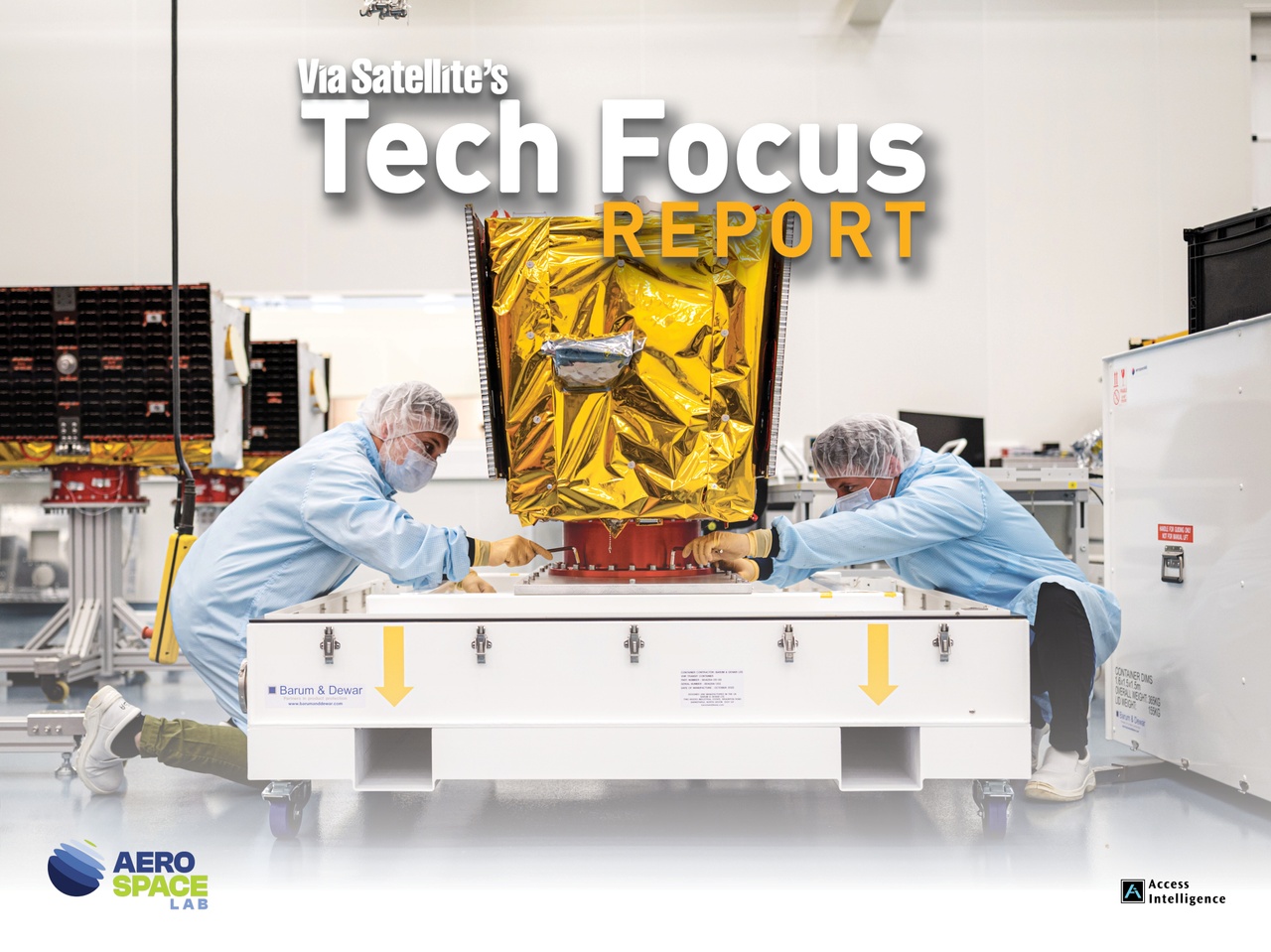
5 Years of SpaceX Rideshare Missions: The Spoils of Monopoly
Five years after launching its Transporter program, SpaceX now enjoys a monopoly on smallsat rideshare with heavy launchers. But what has the impact been on the larger industry?July 24th, 2023
Five years after launching its Transporter program, SpaceX now enjoys a monopoly on smallsat rideshare with heavy launchers, with the lowest price point on the market and an average launch every 90 days. Although this business line is a minor revenue stream for SpaceX, it brings several other advantages, such as maintaining pressure on emerging launch competitors, securing future opportunities, and contributing to its essential high launch rate.
Between its announcement at the 2019 Utah Smallsat Conference and 2023, SpaceX’s Transporter rideshare program with Falcon 9 launched 57 percent of Western smallsat launch demand (excluding Starlink and OneWeb), amounting to 29 tons of payload, over nine missions. For SpaceX, smallsat rideshare is a small revenue stream but it brings other precious benefits.
Up until now, the Transporter program has served only Sun-Synchronous Orbit, but SpaceX is now diversifying destinations with the Bandwagon program, which first launched in April, serving inclined Low-Earth Orbits (LEO) as well. Further down the road, Starship may redefine this market too, with unprecedented capacity and full reusability enabling economical launches at very low fill rates.
Smallsat Rideshare: Not a Pot of Gold for SpaceX
Although SpaceX concentrates the rideshare market, it is a secondary revenue stream for the company. In 2023, SpaceX’s four Transporter missions together generated an estimated $50 million to $80 million in revenue. That same year, SpaceX made a total estimated $2.3 billion in launch revenue and won another $4.2 billion worth of new launch orders.
The limited revenue from the program in 2023 ($20 million per launch in our highest estimation compared to the Falcon 9 dedicated launch catalog price of $67 million) is primarily due to the very low fill rates at which Transporter missions are launched. This is due to the volume challenges of integrating smallsats of many different sizes, shapes and needs, around central dispenser rings, and to the fluctuation of demand for SSO at a given time.

From around $20 million, the cost of launch operations is estimated to leave SpaceX with anywhere between $5 million and nothing per Transporter mission in profits, despite the significant cost savings of first stage and fairing reusability. Owing to reusability, the cost of launching these same 2023 Transporter missions is estimated up to around $15 million per launch for SpaceX.
Maintaining Pressure on Emerging Launch Competition
Despite the limited profitability of its rideshare business, SpaceX stems other advantages from it, not the least of which is maintaining pressure on emerging small launch providers, its would-be competitors. The Transporter missions provide smallsat customers with a low-cost alternative to small, dedicated launch, with an entry price of $6,000 per kilogram of payload compared to up to five or even 10 times that for dedicated small launchers (although small launchers publicize other performance metrics such as schedule and precise and tailored injection and launch campaign, launch reactivity, etc.).
This leaves small launchers with mostly niche smallsat customers such as government technology demonstrators, bring-into-use satellites, or small cubesat constellations with specific injection or launch campaign needs. Faced with these limitations, almost all small launch providers are being forced in a premature race to heavier follow-on vehicles opening on larger markets, often with uncertain funding, before they could enjoy the financial return of their first small launcher generation.

Spoils of the Transporter Monopoly
SpaceX Transporter today is the only smallsat rideshare opportunity for smallsat customers in the West (thus excluding Soyuz) since its two once competitors on rideshare, PSLV and Vega SSMS, have not launched rideshare missions since 2023 and 2020, respectively. In fact, SpaceX now enjoys a near-monopoly in the whole heavy launch segment, as legacy heavy launch providers struggle to introduce follow-on generation vehicles, Amazon Kuiper has booked much of their future capacity, and Russian launchers are cut from the Western and commercial market.
Leveraging this monopolistic situation, SpaceX has twice raised the entry price for launching on Transporter, from the original record-low entry price of $5,000 per kilogram of payload to $6,000 per kilogram in the past two years. Additionally, as it improved at working with and aggregating scattered single and smallsat customers, it has reduced its reliance on launch broker partners by lowering the client mass threshold opening from 200 kilogram to 50 kilogram, reducing the need for customers with less than 200 kilograms in mass to resort to middleman launch aggregators.
Furthermore, the rideshare program has resulted in SpaceX now having a working relationship with almost all commercial constellation operators in the West, some of which will succeed and grow to become the next super constellations i.e., future launch demand. To date, SpaceX has already provided launch for most launches commercial and government flagship constellations globally, or been contracted for future launches, including SES’s O3b mPOWER, OneWeb, Telesat, and Kuiper (all of which are competitors to Starlink), the Space Development Agency and even the EU’s Galileo and Eumetsat. Finally, SpaceX’s rideshare activities contribute to Falcon 9 launch rates. Although rideshare accounts for a fraction of all launches per year, launch rate is key to the economics of first stage reusability for the Falcon 9.
Starship: Better or Worse for Smallsat Access?
Meanwhile, once operational, SpaceX’s Starship may impact and possibly redefine the smallsat rideshare market, but only as a secondary market. The 250 ton-to-LEO-capacity launcher will have priorities to address before becoming available to conventional satellite customers, let alone smallsats.
Starship’s first priority will be its commitment to NASA to land the Human Landing System on the Moon and the immediate second, to launch its own 2nd Generation Starlink constellation. Those markets covered, many others have been proposed for the heaviest launcher in history (some existing and other conceptual), such as small satellite rideshare missions. It could for instance deploy entire, large constellation batches in very few missions.
But for smaller users resorting to rideshare, Starship’s capacity appears overkill at first. In theory without consideration for payload geometry, three single Starship missions in the launcher’s non-recoverable version, with a capacity of 250 tons of payload to LEO, could launch the global smallsat demand over the next 10 years, excluding broadband constellations, to a generic LEO inclined destination.
However, owing to its full reusability, Starship is designed to be able to launch at very low fill rates economically (cost being limited to fuel and launch/recovery operations for every additional launch), maybe allowing smallsat rideshare missions carrying few customers. Additionally, it could provide extra delta-V for inclination changes, potentially deploying full constellations in very few launches. Combined with additional mobility solutions such as orbital transfer vehicles, it might redefine the economics of smallsat space transportation in the future.
SpaceX’s Market Domination
Beyond its dominion of the smallsat rideshare market, SpaceX has now established itself in many launch and satellite markets with unprecedented success. In 2023, it captured 87 percent of commercial satellite launch orders globally, or $1.4 billion in addition to $2.8 billion in government orders. Additionally, it is under contract for Human spaceflight and cargo missions to the ISS, NASA human lunar landings, and in-space refueling, it has taken foot in the broadband connectivity market, is building an Earth observation constellation for the U.S. National Reconnaissance Office, and in June 2024 was contracted to deorbit the ISS when the program expires. Arguably, SpaceX is already too-big-to-fail.
Faced with this increasing monopoly, several users are increasingly keen on seeing alternative providers emerge to restore more market balance. There are many contenders, but it has yet to be seen if SpaceX’s model, combining the largest, self-funded satellite constellation demand, reusability, and extensive U.S. government demand, can be replicated. VS
Gabriel Deville is a space industry consultant for Novaspace
Photo: SpaceX launches the Transporter-11 rideshare mission in August 2024. SpaceX photo








